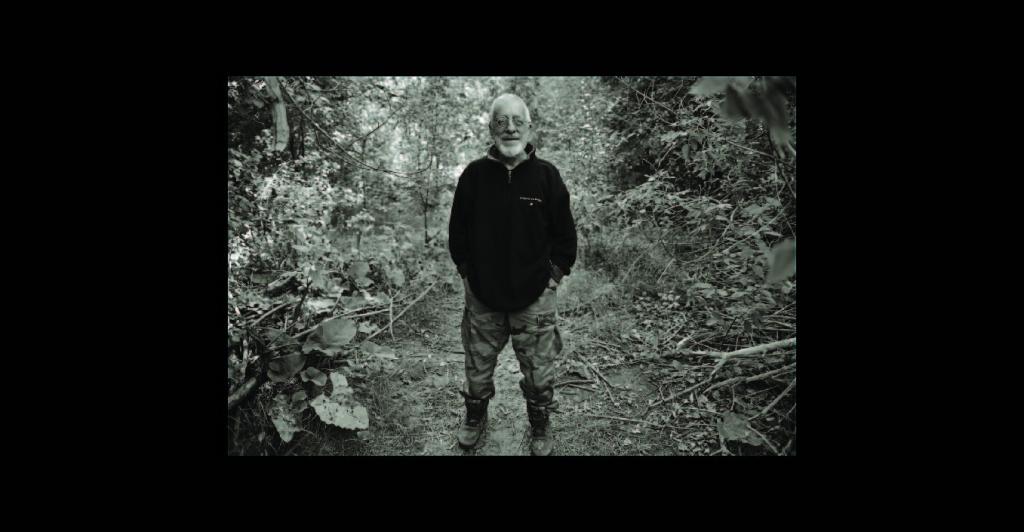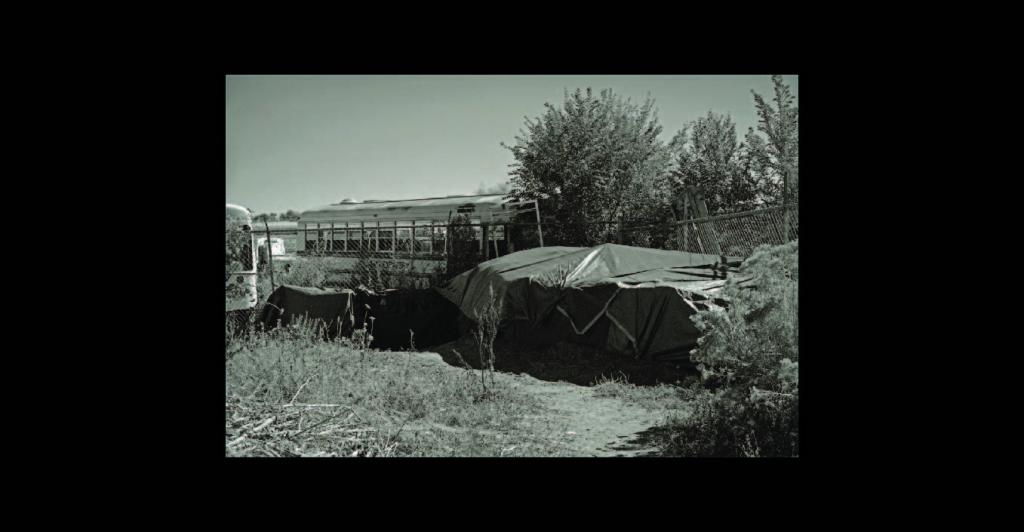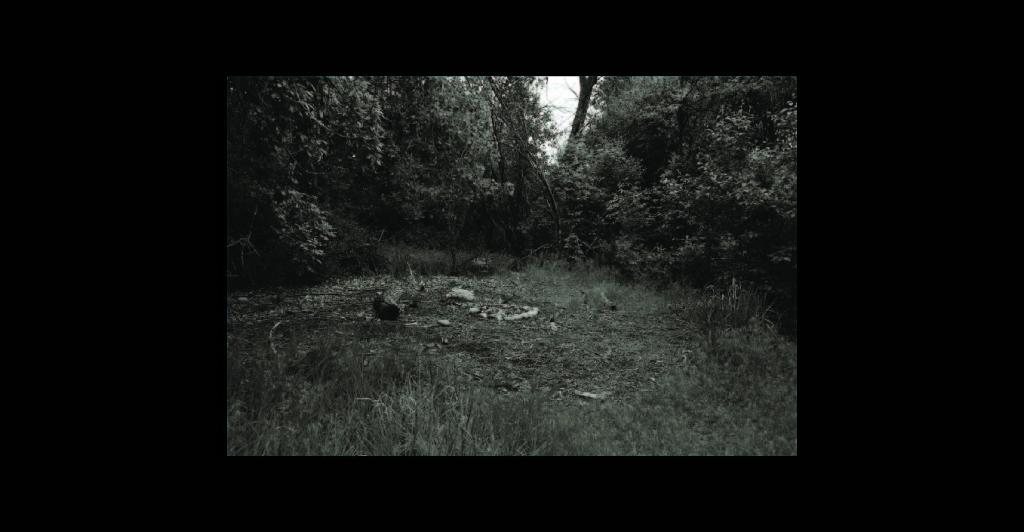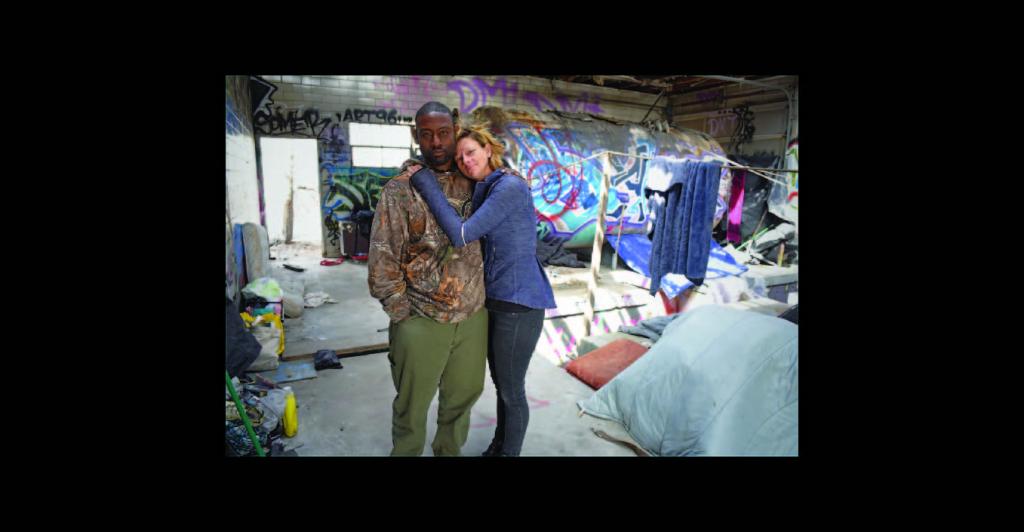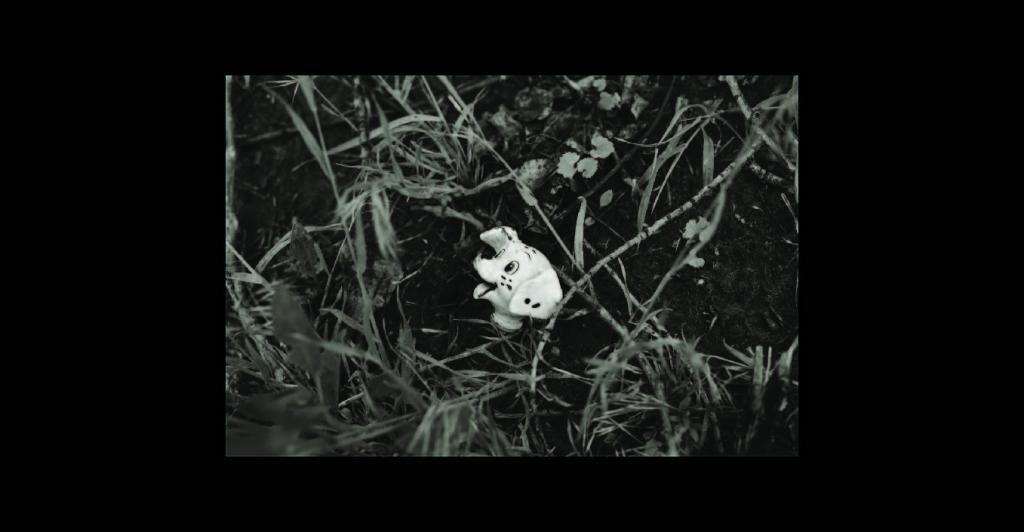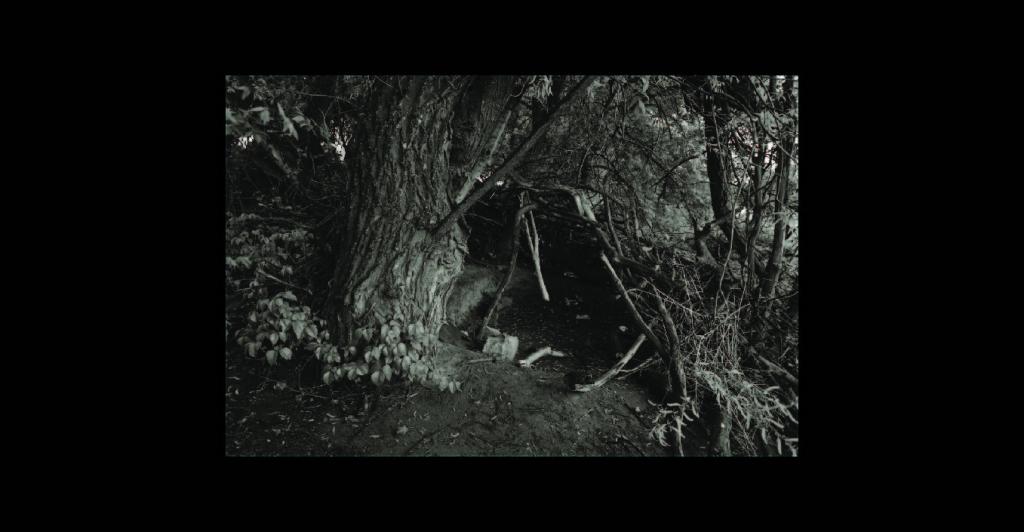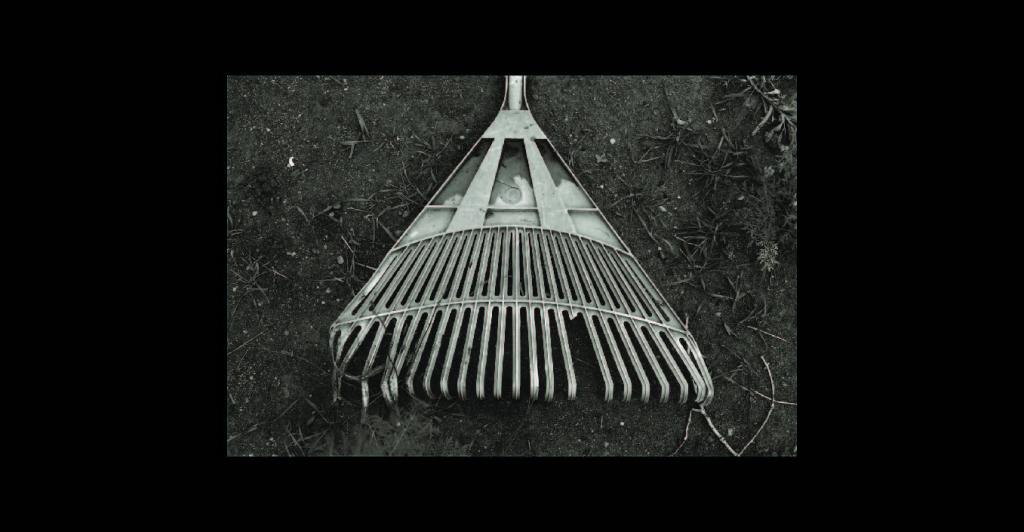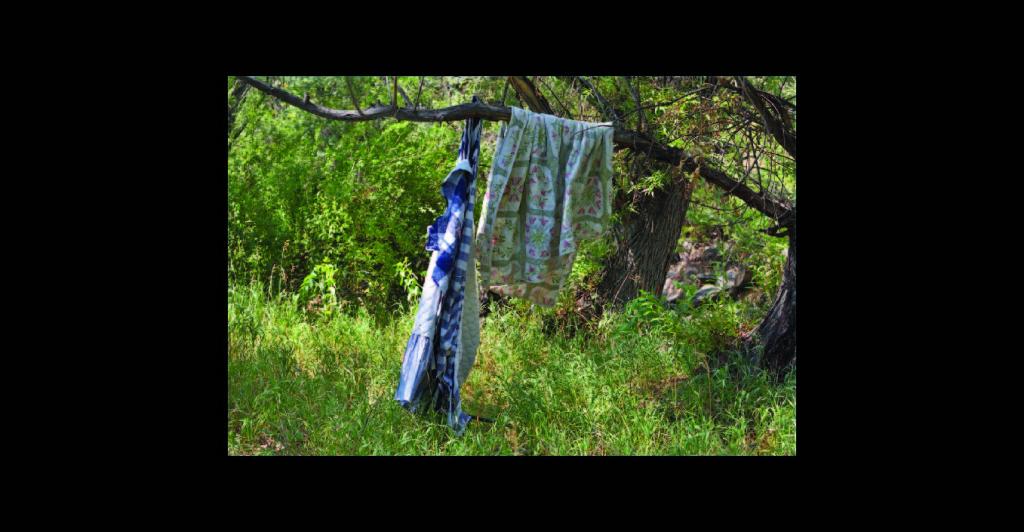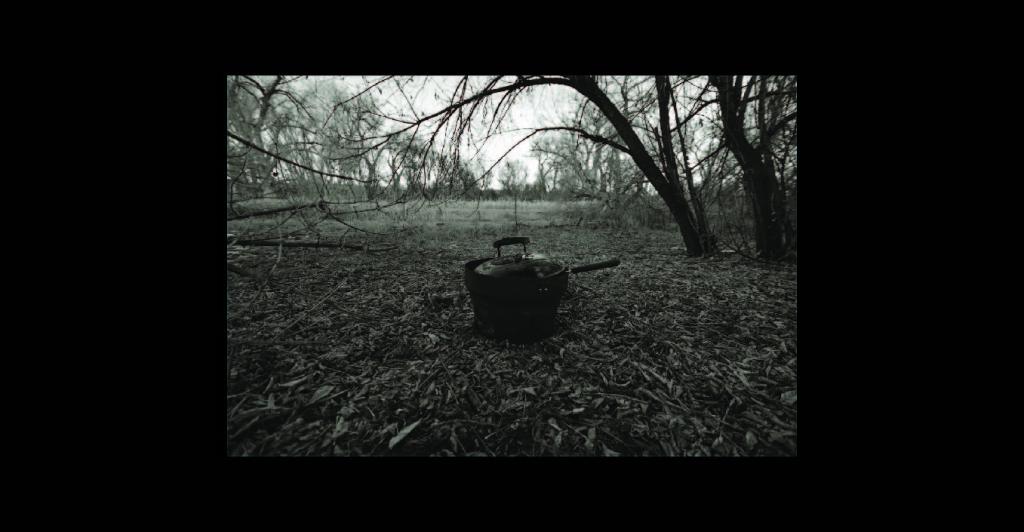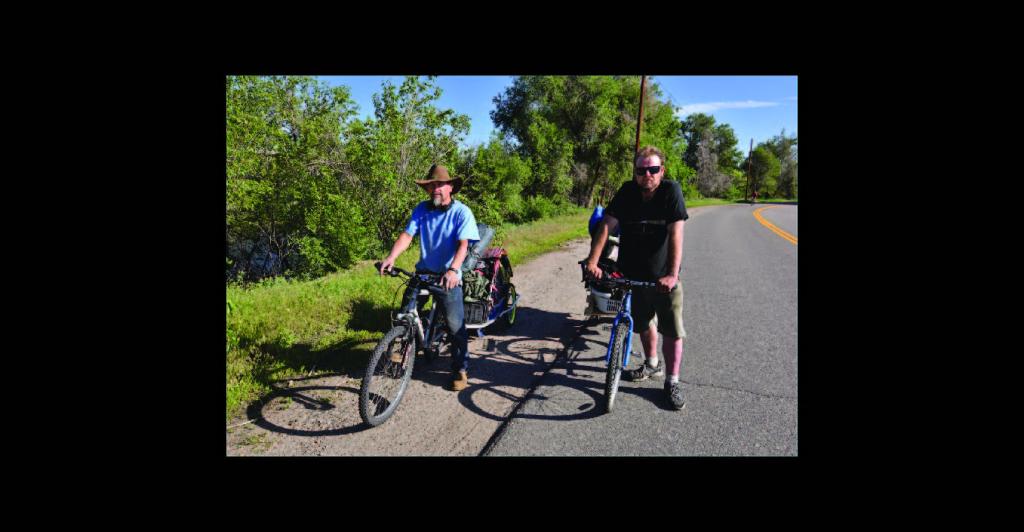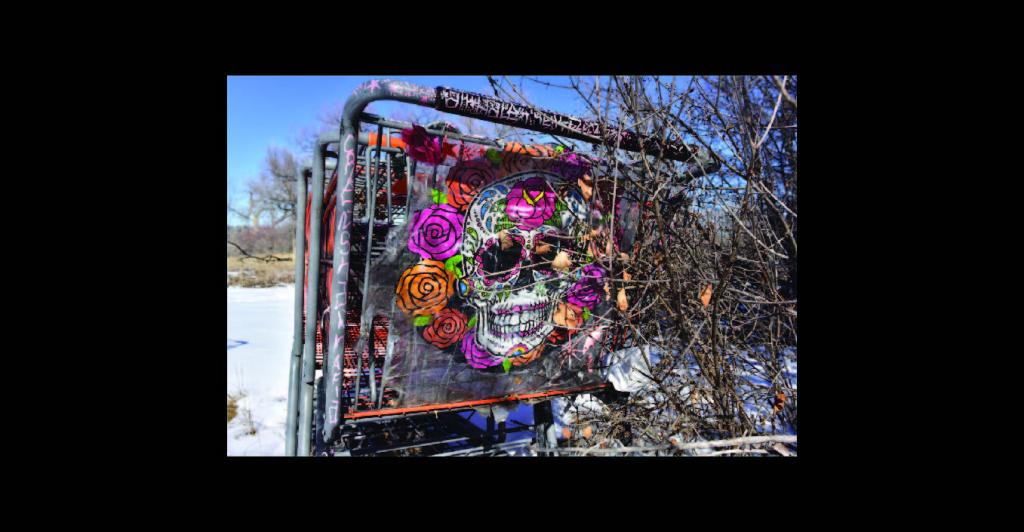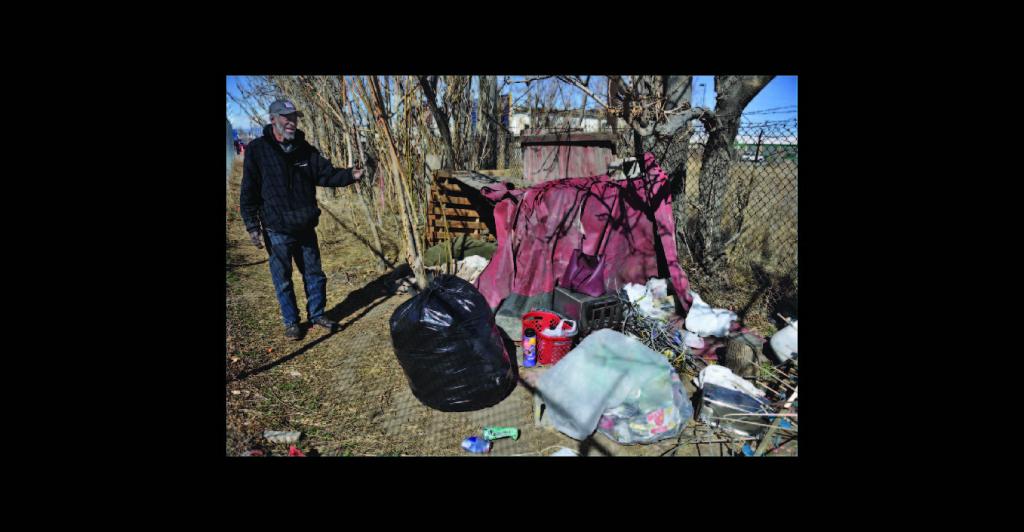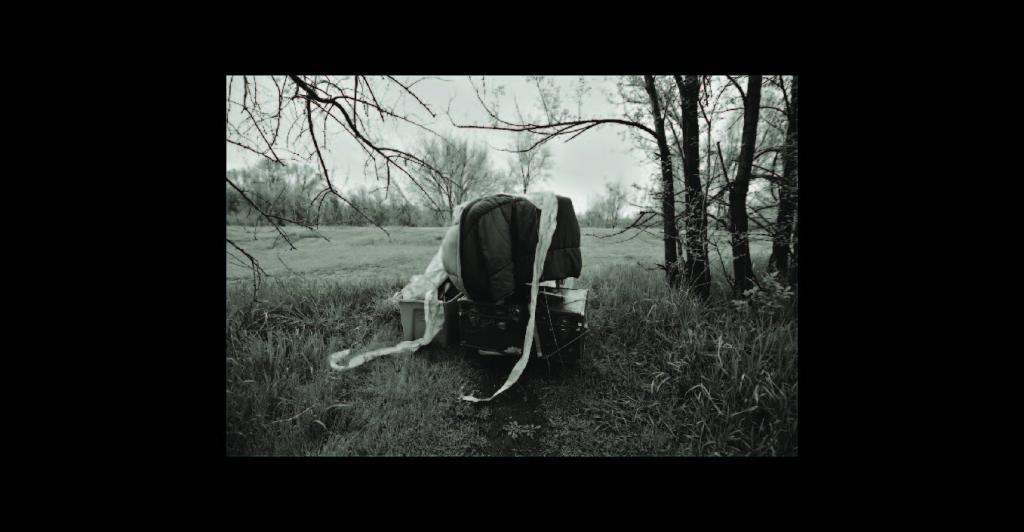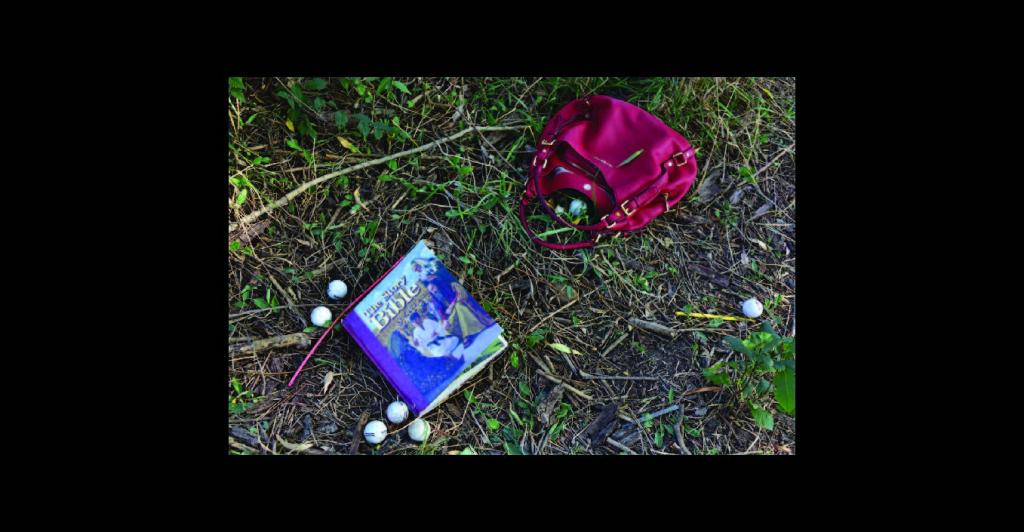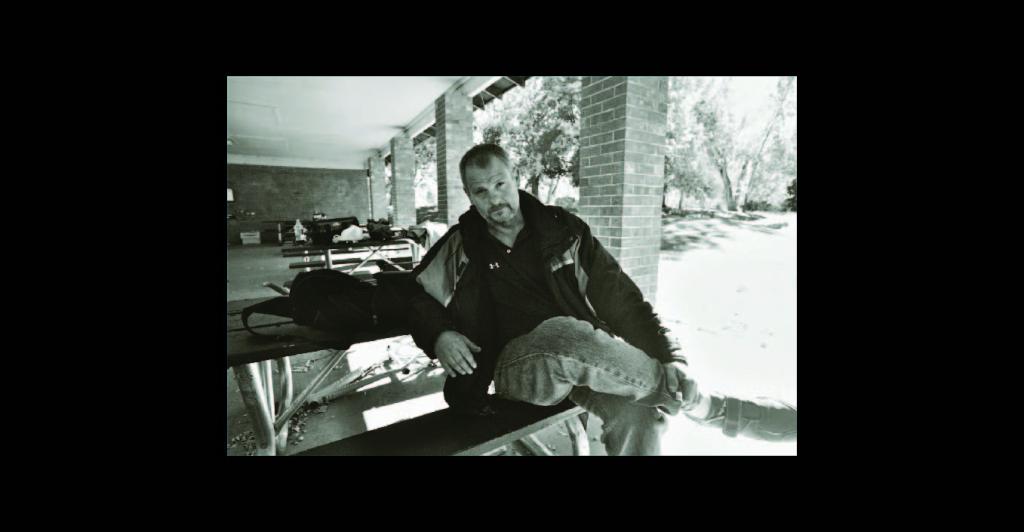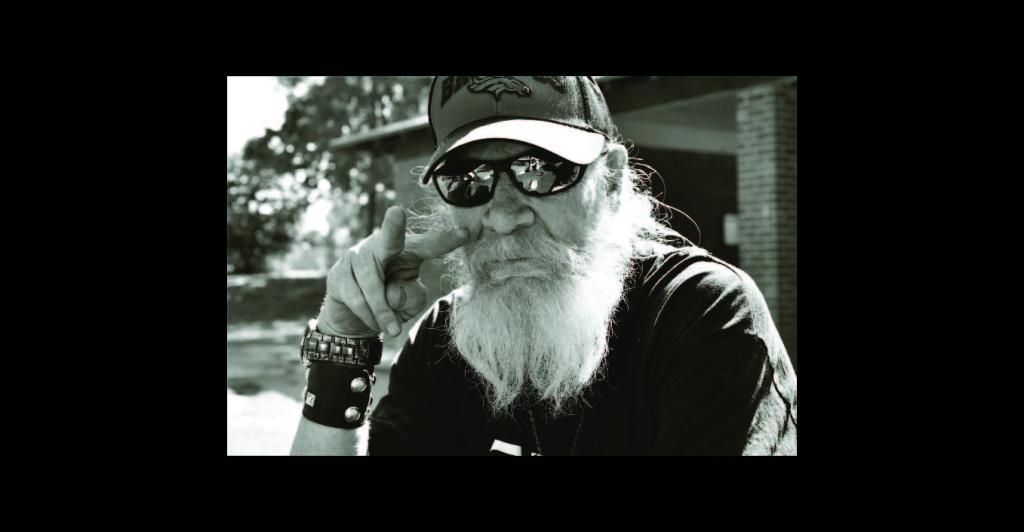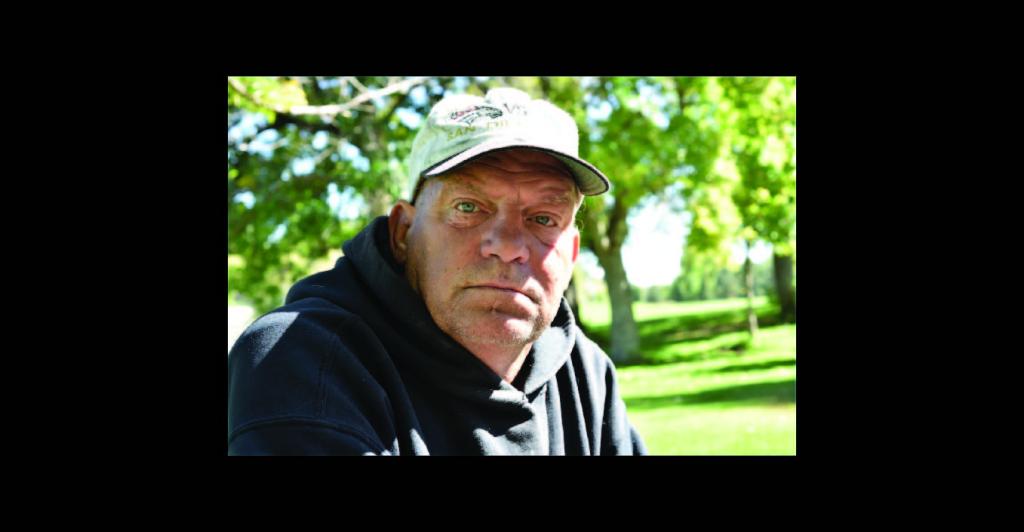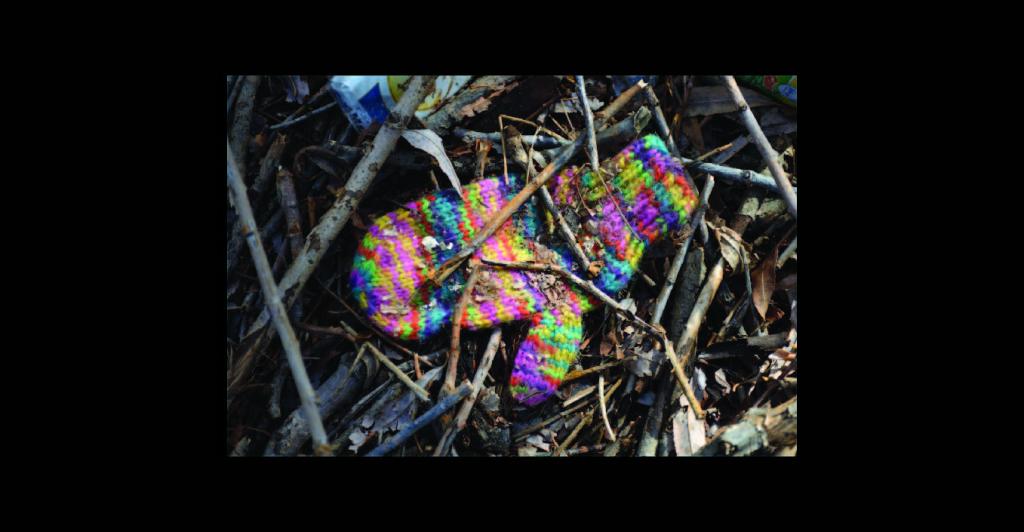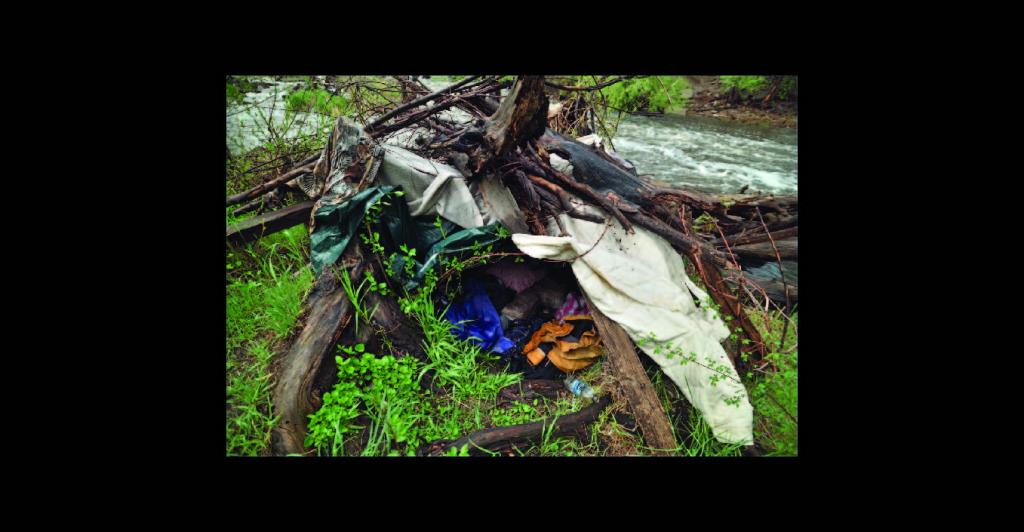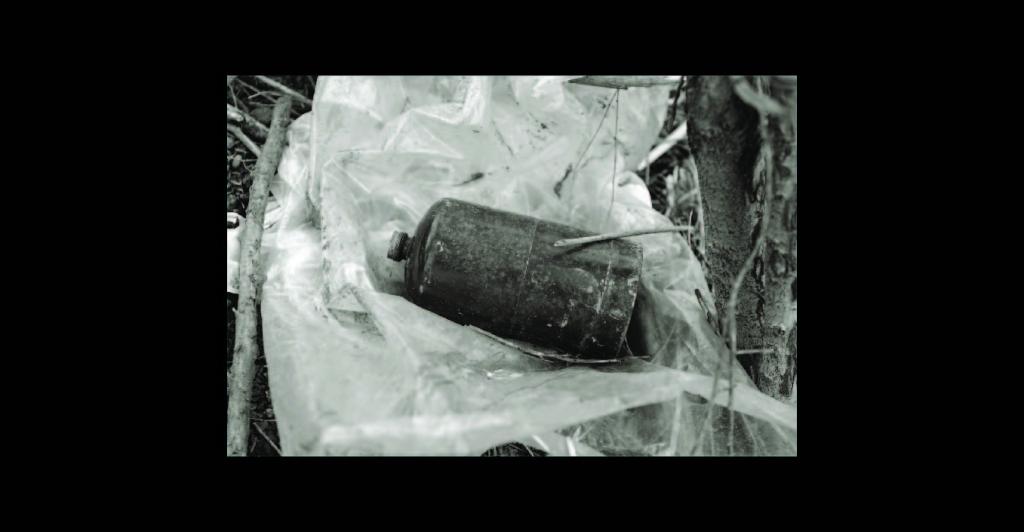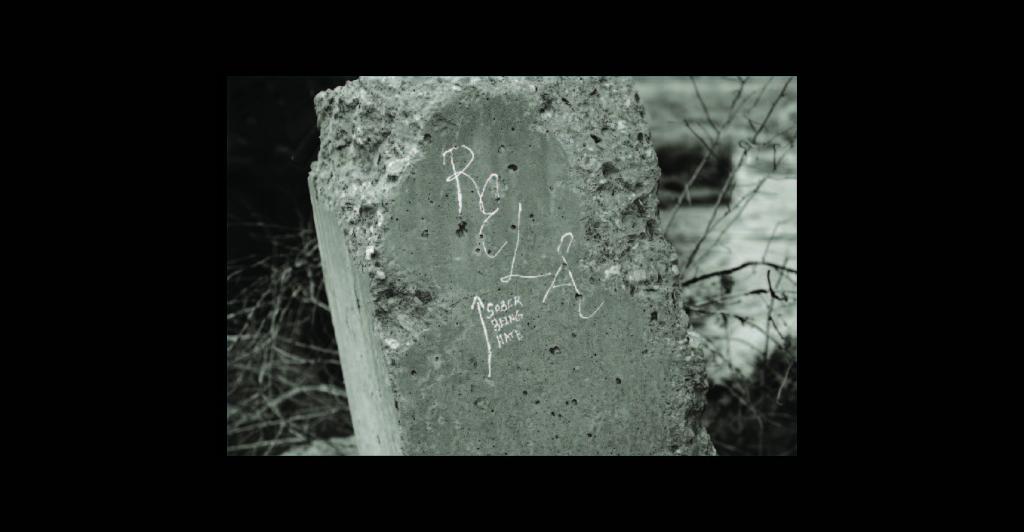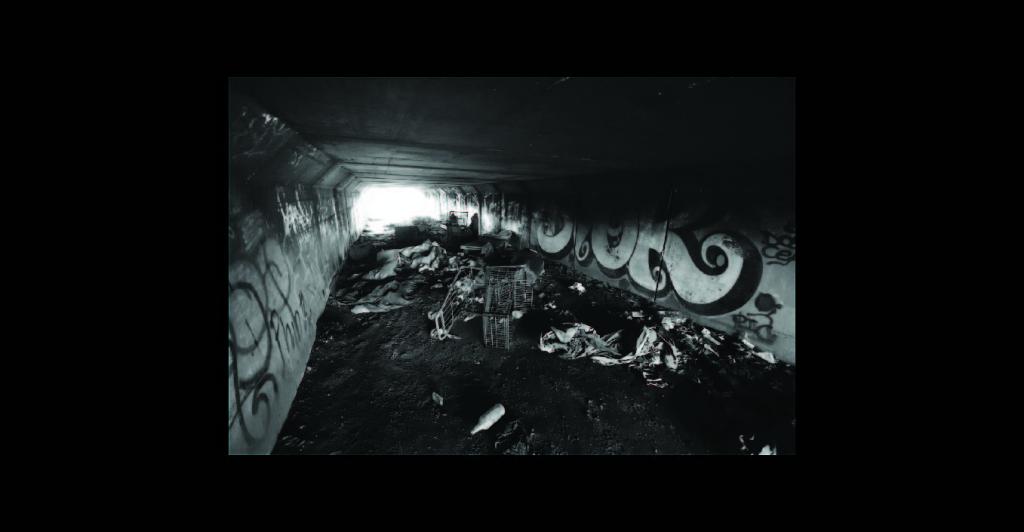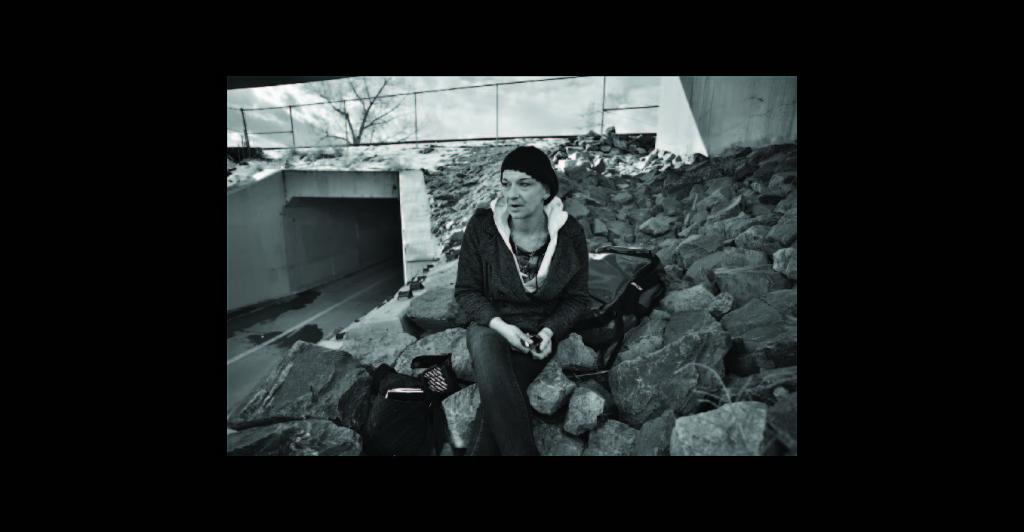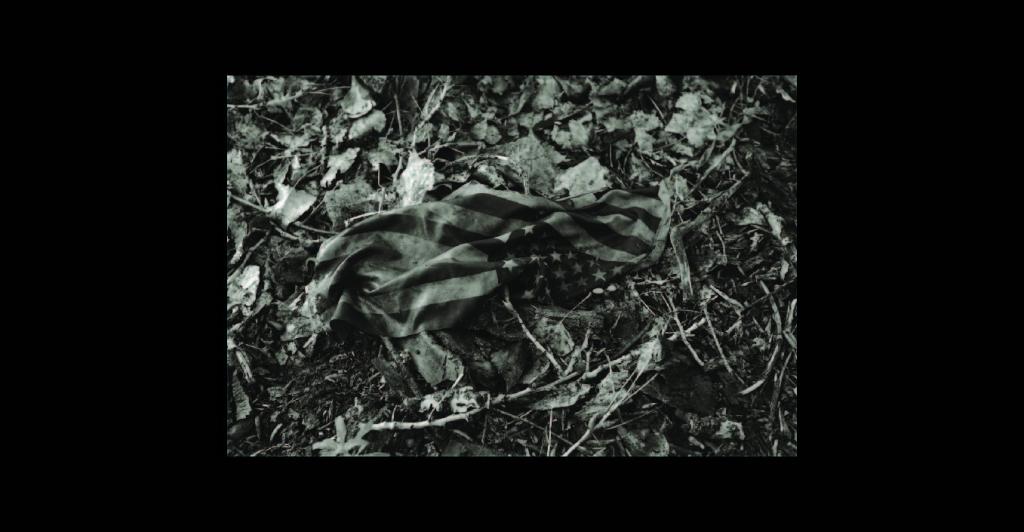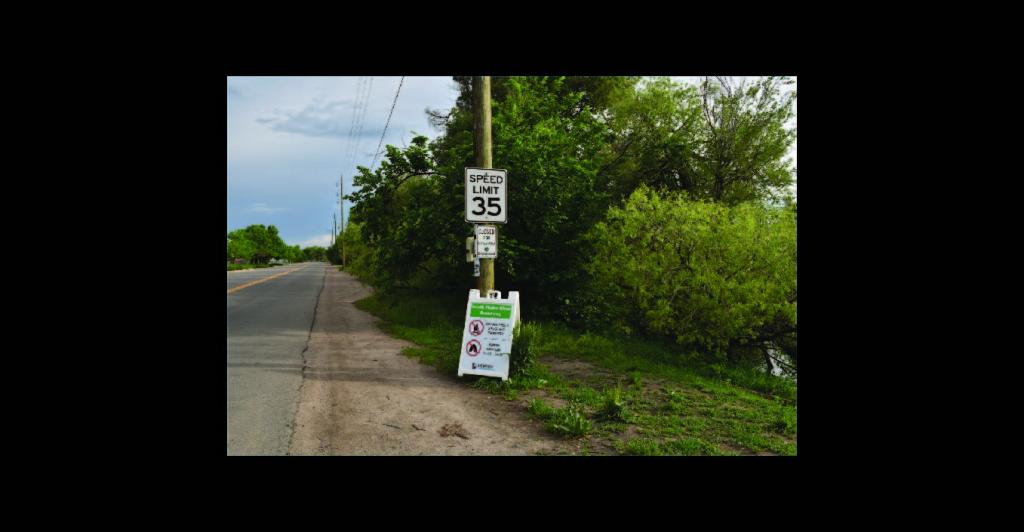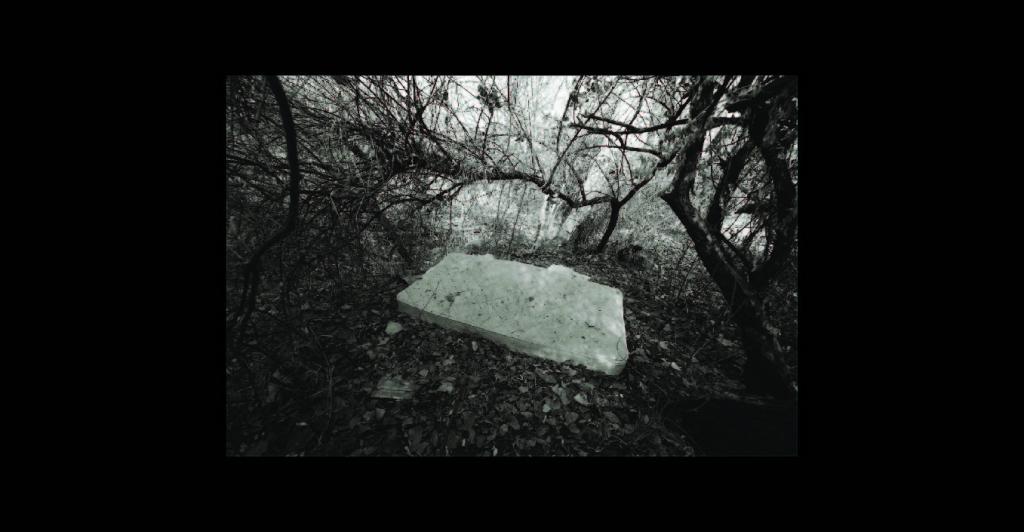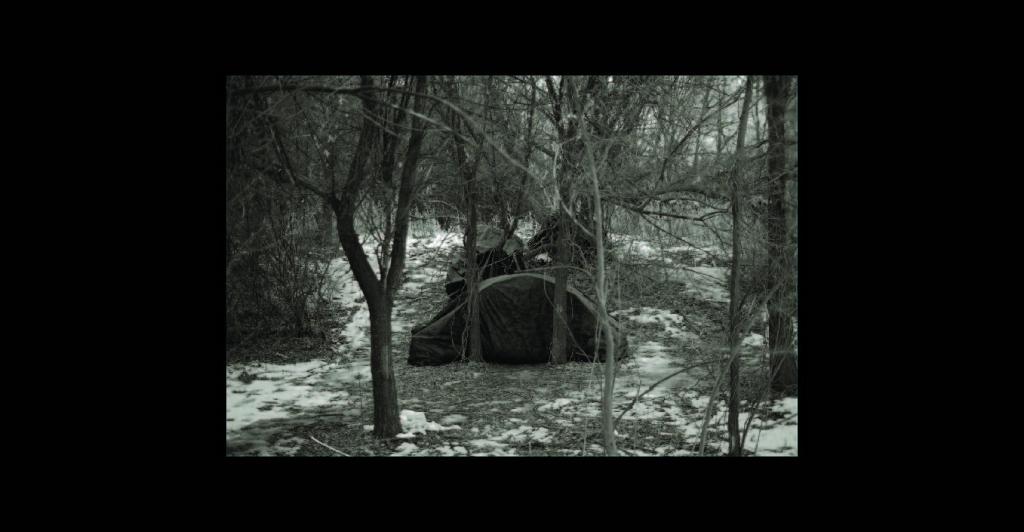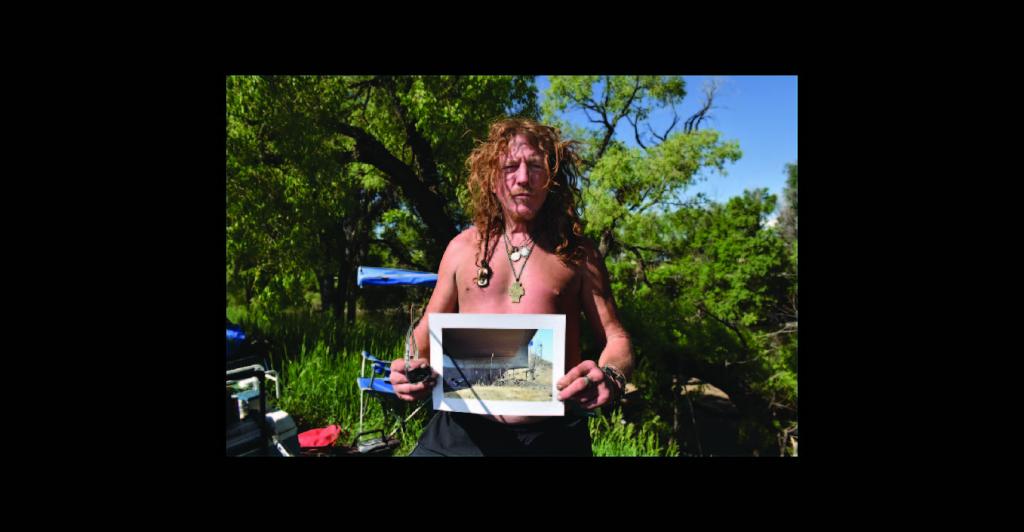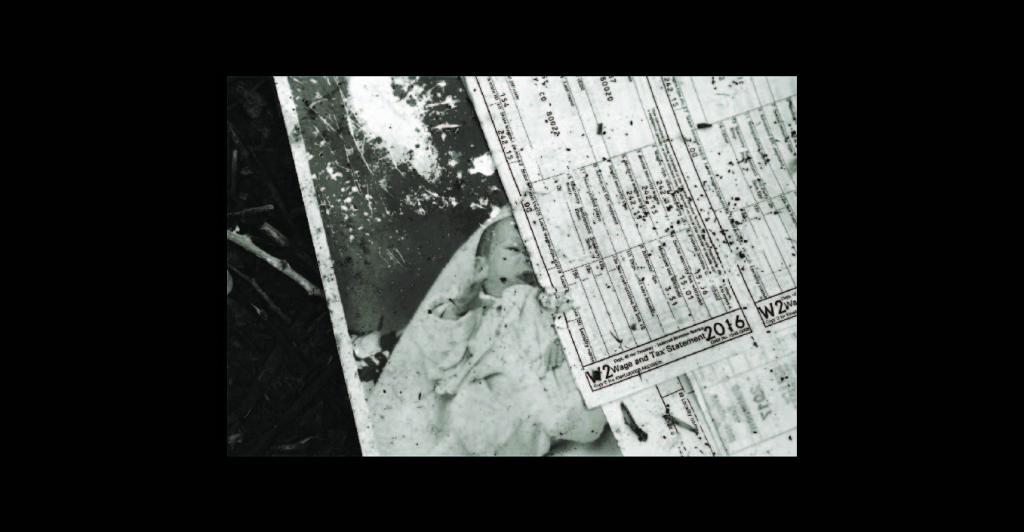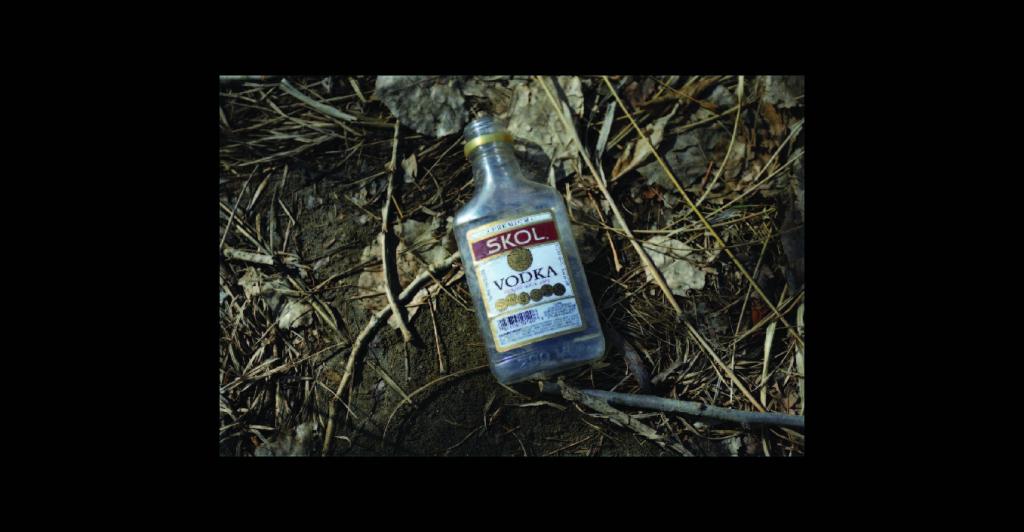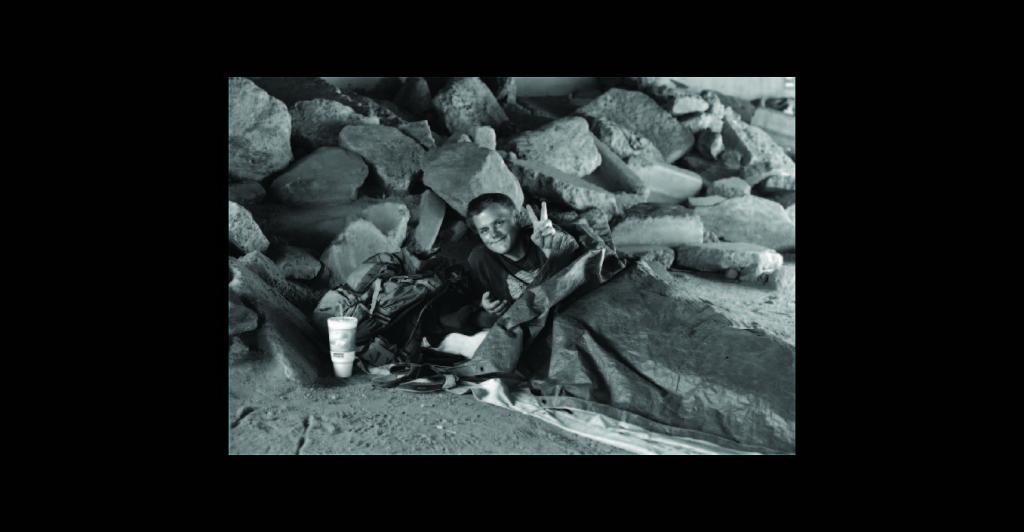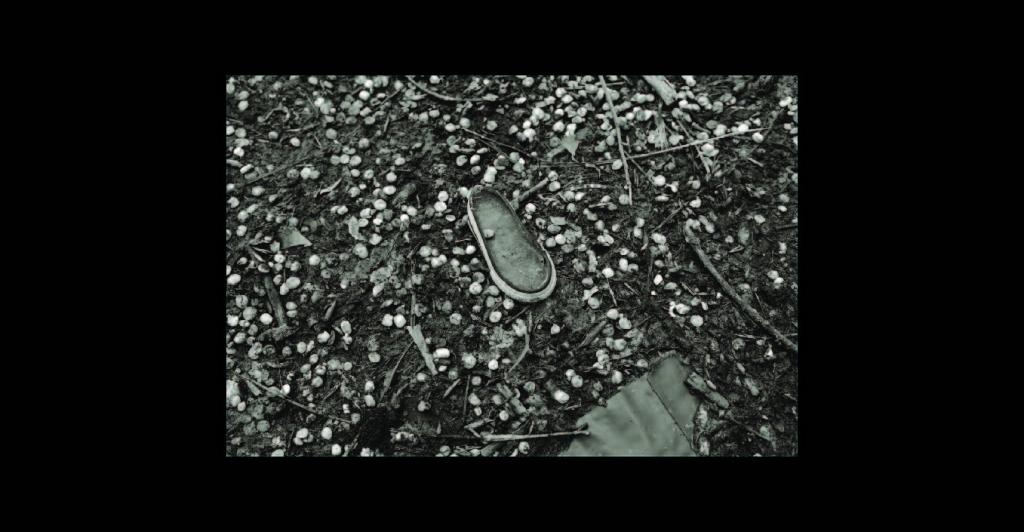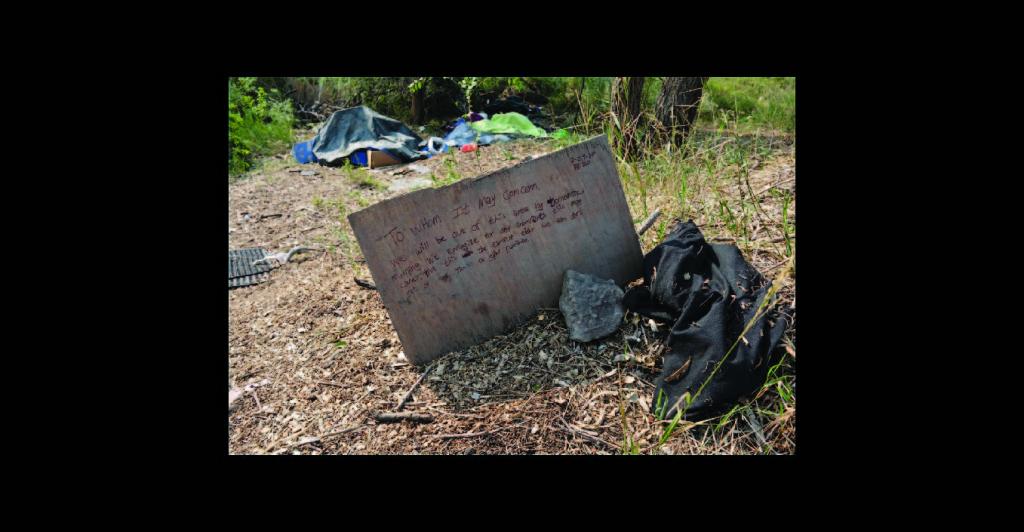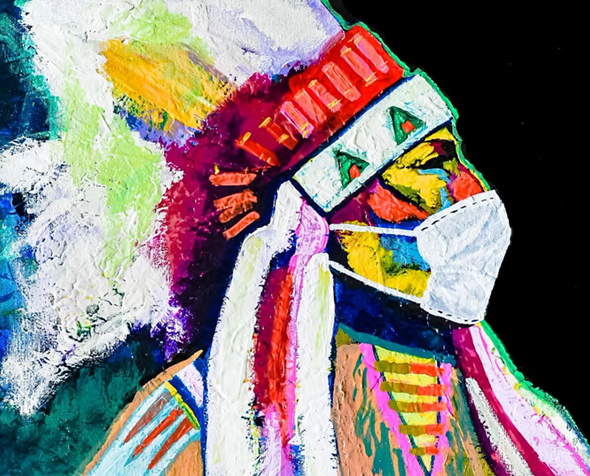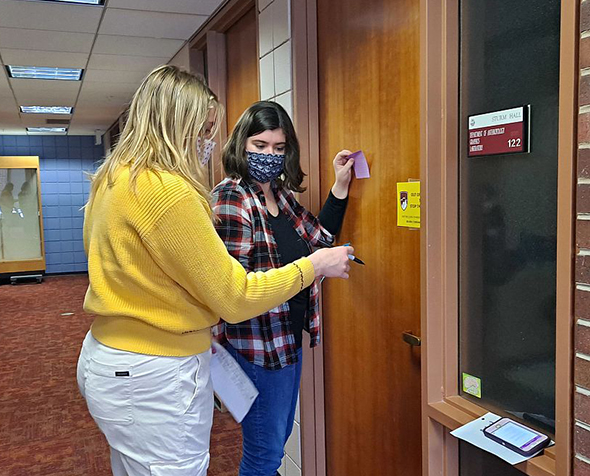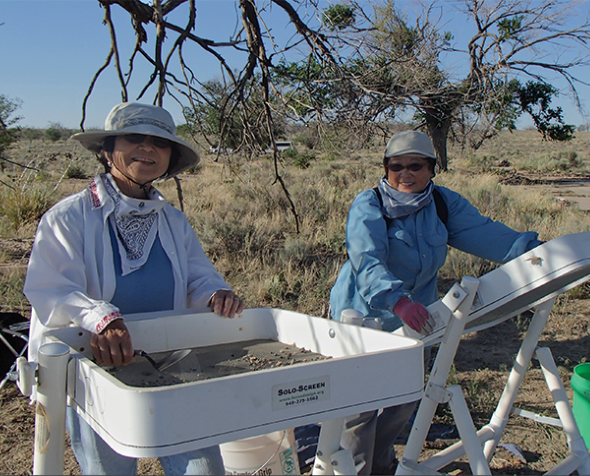Traces of Home
A Photoethnography Exhibit with Thomas Carr
“I don’t have the answers, and I doubt I ever will, but I’m working on ways to help. Sharing stories is what I have.” - Thomas Carr
Thomas Carr is an anthropologist, archaeologist, and photographer who lives in Denver, Colorado. He works in both digital and film, producing both darkroom prints and archival inkjet prints. His work has been shown in numerous juried, group, and solo exhibitions over the last 35 years. He has also lectured extensively on the history of photography, archaeology, and visual ethnography. His artistic influences include Eugene Atget, Clarence John Laughlin, Paul Strand, Edward Weston, Fay Godwin, Francesca Woodman, and Gregory Crewdson.
“As a young photographer in the 1980s, I found myself drawn towards making images of places with subtle indications of a past human presence. This led to my pursuit of a career in anthropology and archaeology, which has allowed me to visit many significant historic sites and associated landscapes. Having been trained in photography, I endeavor to document the essence of these places in visual terms. This subtle sense of presence is what I seek in my photography.”
When Carr began documenting homeless camps, he carefully considered how to conduct the project in a respectful and ethical way. He drew from his training in ethnography, researched ethics guidelines from the American Anthropological Association, and collaborated with the Colorado Coalition for the Homeless. As he builds relationships with people experiencing homelessness in the Front Range, he is careful to obtain consent from his partners before recording their stories or taking their photographs. His work allows his partners the agency to share their stories if they wish.
* The names of Carr’s community partners have been changed.

